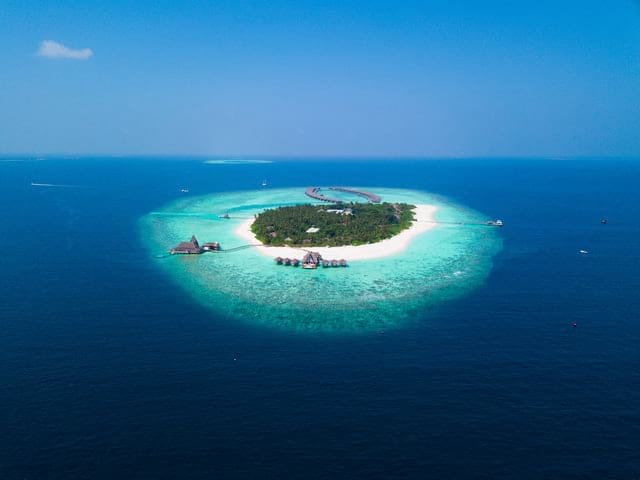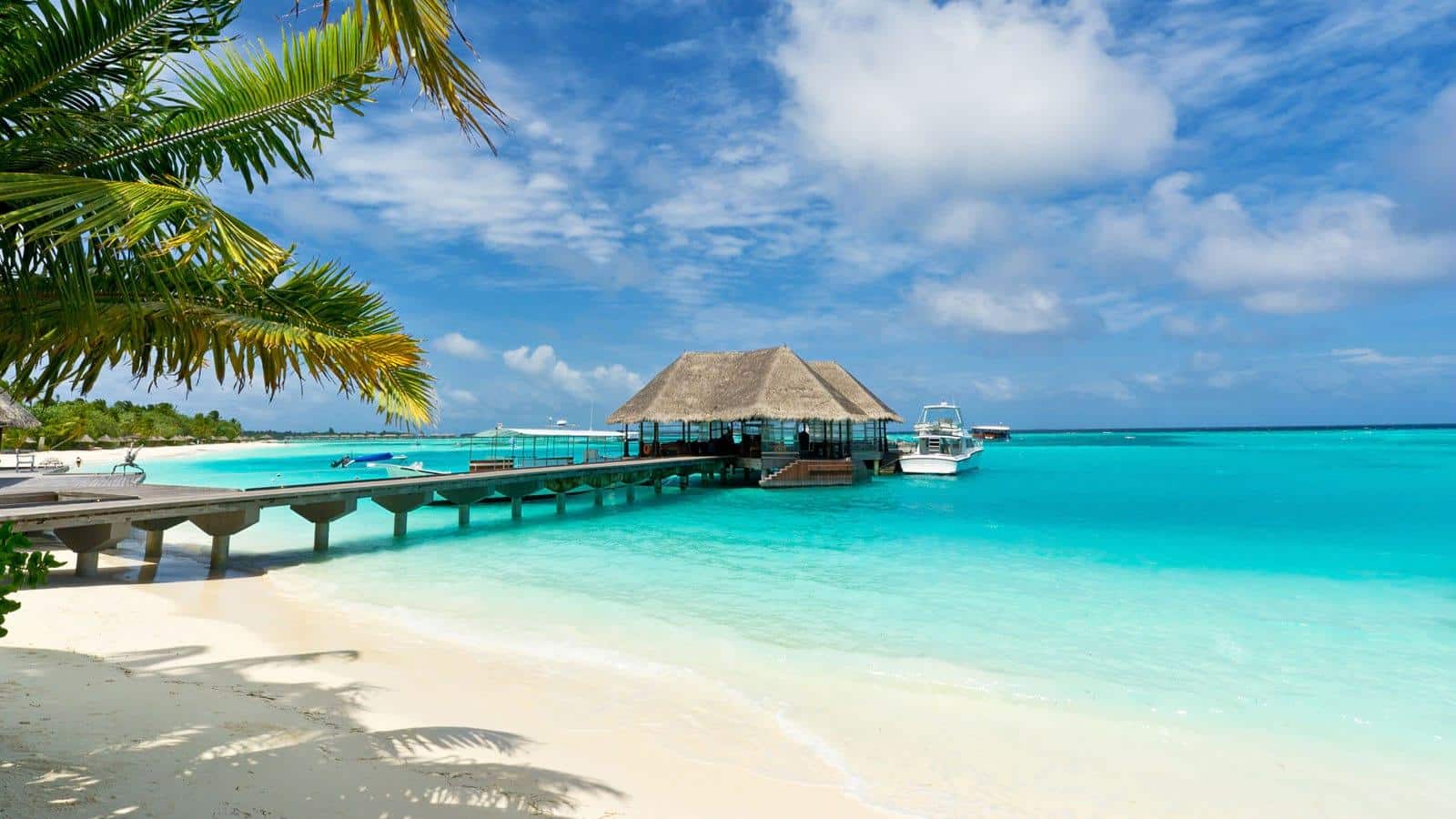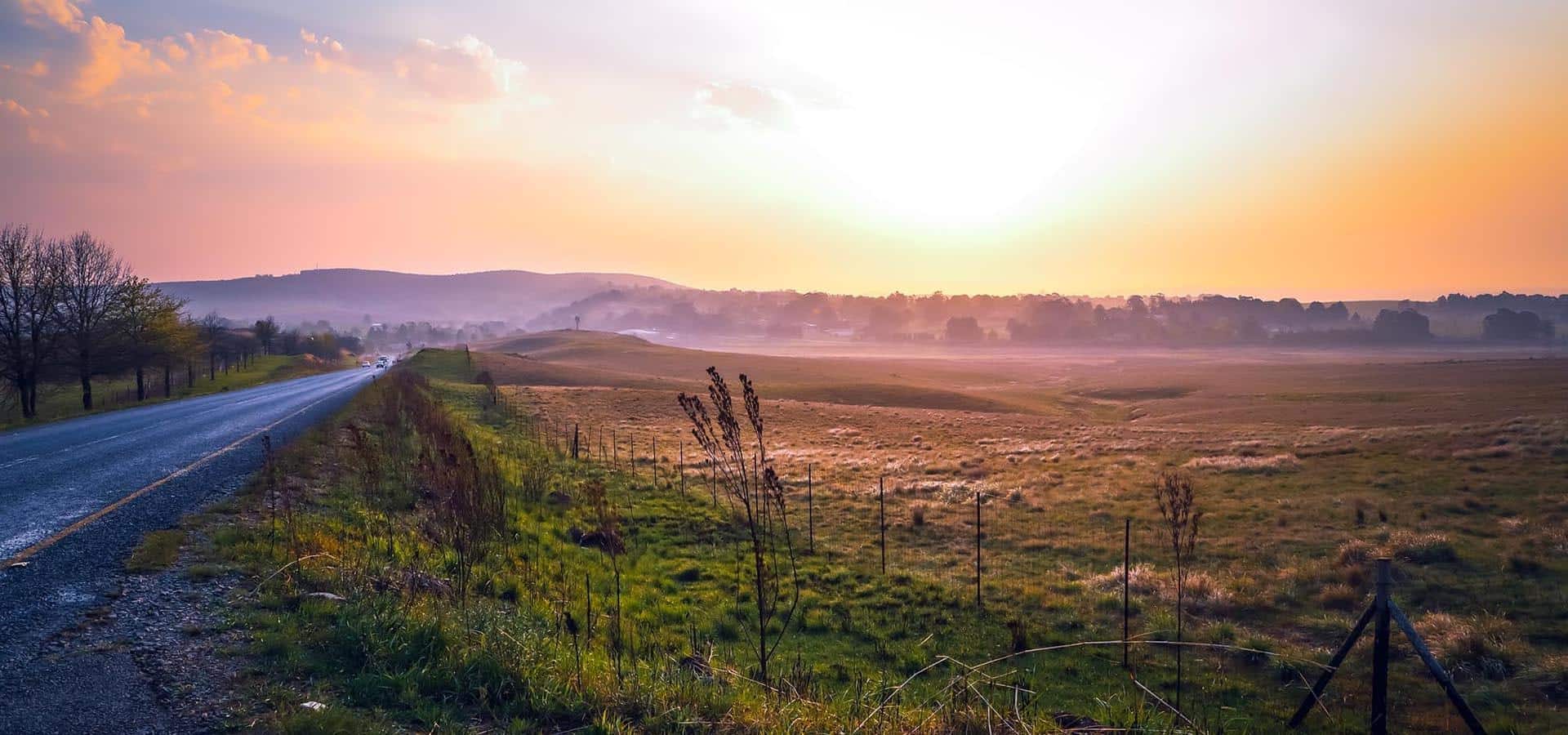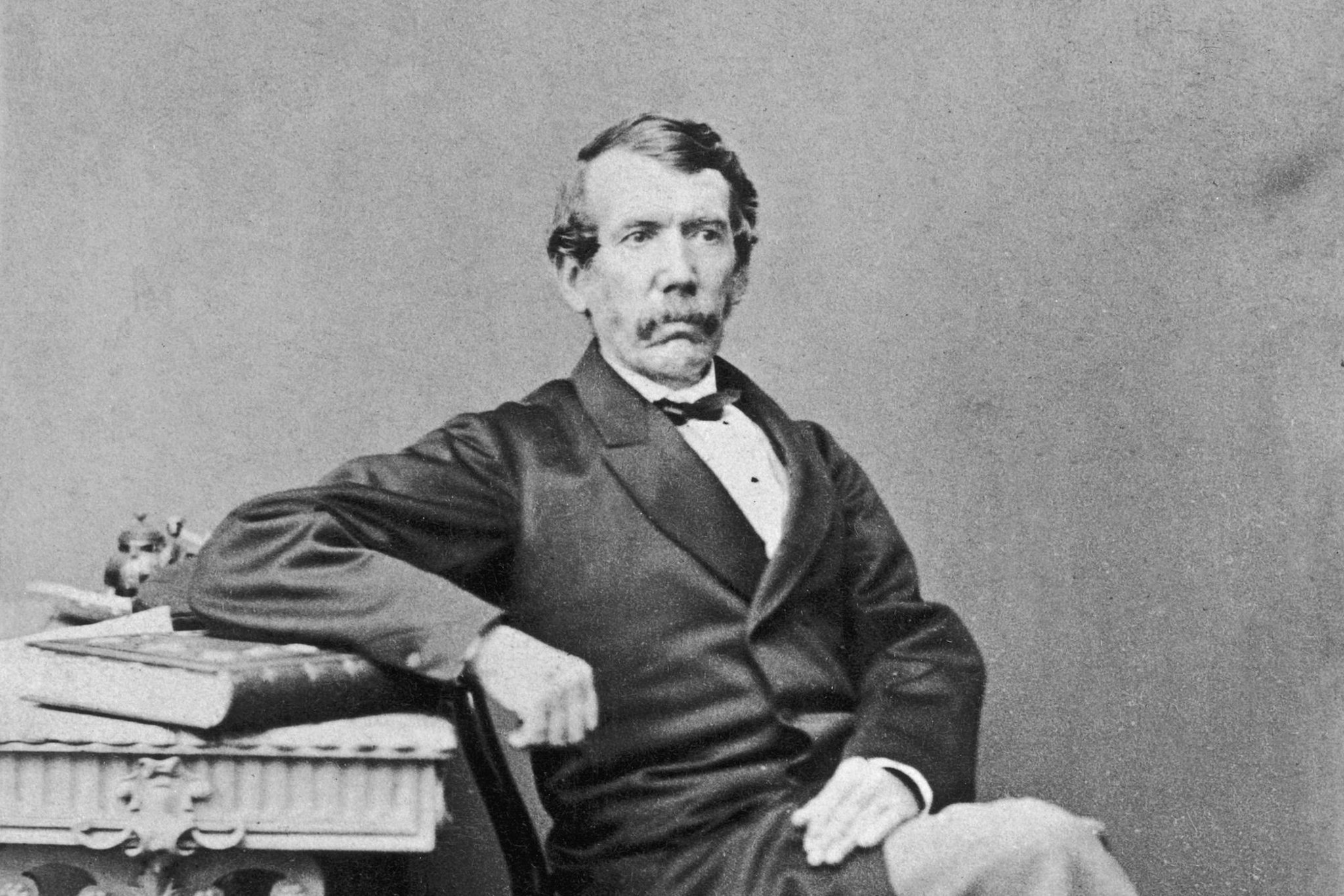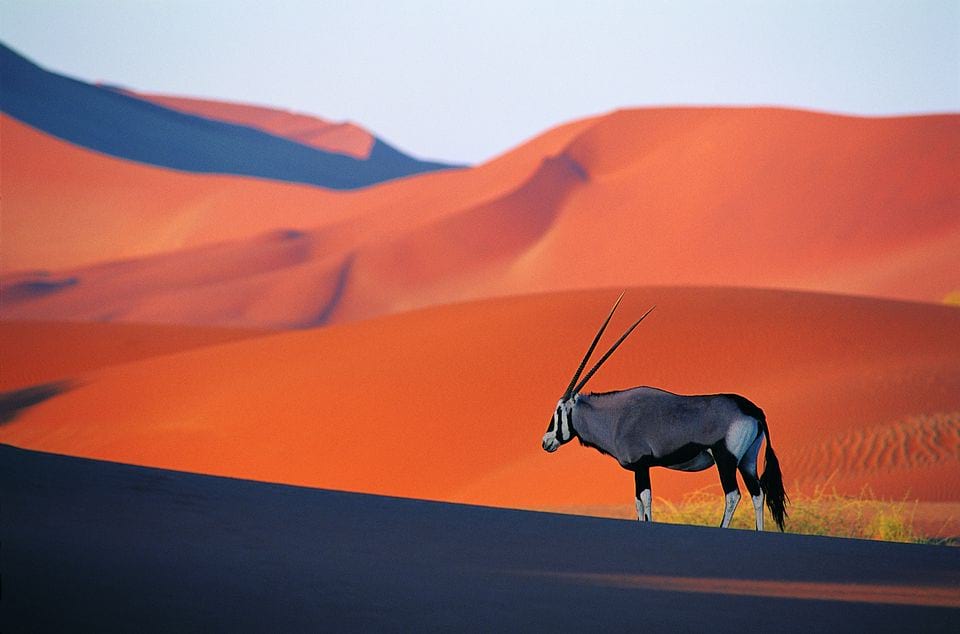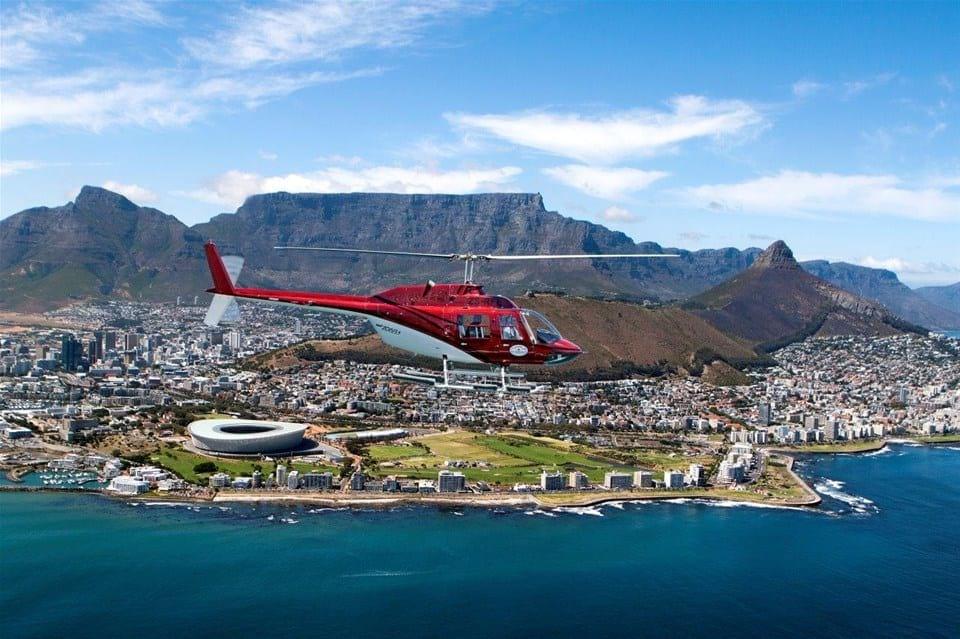3 Day Luxury Shepherd’s Tree Game Lodge Safari
- 3 Days
From
2 Day Luxury Ivory Tree Game Lodge Safari
- 2 Days
From
2 Day Luxury Tented Pilanesberg Safari
- 2 Days
From
3-Day Luxury Safari to Lush Safari Lodge
- 3 Days
From
3 Day Luxury Tshukudu Bush Lodge Safari
- 3 Days
From
3 Day Luxury Kwa Maritane Bush Lodge All Inclusive Safari Package
- 3 Days
From
Everything a 1st Timer needs to know about the Big 5 Safari in Africa
When planning a trip to Africa it is vitally important to keep in mind that the southern part is third world country and none of the countries in this region are the same. Every country is different, with different people, different cultures, different animals, and different types of safari tours. Understanding the differences is the first step in booking your ideal Big 5 safari.
WHAT IS THE BIG 5?
Traditionally in Africa, the Big 5 refers to the five most difficult animals in Africa to hunt on foot and is a term that was created by big game hunter decades ago. The Big 5 describes the lion, leopard, rhino, elephant and African buffalo. These large African mammal species were known to be dangerous and it was considered a feat by trophy hunters to bring them home.
Today when mentioning the Big 5, it is in a gentler form widely used by safari tour operators, referring to seeing the Big Five, and the only shooting that is done, is by camera while on a wildlife safari in southern Africa.
African elephant
The African elephant is the largest mammal of the Big 5 and also the largest and heaviest land animal in the world. There are two distinct species in Africa, namely the African forest elephant (Loxodonta cyclotis) and the African bush elephant (Loxodonta Africana).
They are found in 37 sub-Saharan countries and are capable of surviving in a wide range of different habitats, from lush wetlands to arid deserts. These gentle giants have thick, almost hairless skin, large flapping fan-shaped ears, a trunk that serves as a hand, and long curved tusks of ivory.
The African elephants are extremely well adapted to their environment. Their skin is approximately an inch thick and protects them from the sharp thorns of the bush, and their enormous ears help to disperse heat and regulate the body temperature. The tusks help them to break off branches, dig out juicy roots and to settle disputes among the bulls. The trunk is a very important eating utensil and without it they will not survive. They can consume up to 50 gallons of water, and being an herbivore, eat over 170 kilograms (380 pounds) of vegetation a day.
Elephants are very social animals and live in herds led by a matriarch that can amount to more than 100 elephants. They become extremely aggressive when their young ones are being threatened and have killed, not only other animals of prey, but also humans to protect their young.
The females usually make up the biggest total of the herd, while the young males will leave the group and form small bachelor groups and eventually create herds of their own. The elephant communicates in a unique manner using a variety of low-frequency rumbles that can travel for many kilometres.
The elephant is difficult to hunt and although they are huge, they manage to disappear into the bush and will charge you if it feels threatened.
Poaching for ivory is still a major issue in many African countries and during the 1970s and 1980s the demand for ivory led to a huge decrease in elephant numbers. Today, due to the total ban of all ivory trade the population has grown back to around 415 000. It is however, still listed as vulnerable on the IUCN Red List.
African lion
The African lion (Panthera Leo) is the unquestionable king of the sub-Saharan savannah and the largest cat in Africa. They have a tawny coat and tufted tail, and the males have a heavy mane around the neck and shoulders.
A pride is traditionally made up of one or two males, several females, and their cubs. They are very social animals. They usually hunt at night and are sighted during the day sleeping or just being lazy in the shade of a tree. Lionesses are normally the hunters and often work together to bring down large prey. Because of the tawny colouring they are effectively camouflaged in the bush and can get very close to their prey when on the hunt.
The only danger to a lion could be buffalo but besides them, they have few natural predators, except man. Lions are popular among hunters because of the real danger and thrill involved in hunting them.
Lion numbers have also declined in the last few decades due to traditional hunting customs, big game hunters, and large-scale habitat loss. The lion is also classified as Vulnerable on the IUCN Red List.
African leopard
The African leopard (Panthera Pardus) is the most elusive of the Big Five. Leopards are distributed throughout sub-Saharan Africa, found in the savanna grasslands, bush land and forested areas in Africa, and are one of the few big game species still found outside national parks.
Being naturally shy and mostly nocturnal, they spend the daylight hours hidden from preying eyes. The leopard is a large cat with tawny fur and dark rosette-like markings. It can also have black fur. The rosettes are excellent camouflage in the bush. White spots on the tip of their tails and the back of their ears make mothers visible to their cubs even in long grass.
Leopard are excellent climbers and will often attack out of a tree. They also store a fresh kill in a tree away from scavengers like lions and hyenas. They are often sighted sitting or sleeping in a tree.
They have large territories and seldom stay in the same area for long. The males roam more widely than females and mark their territory by urinating and leaving claw marks. They are supremely strong and can take down prey much larger than themselves.
Their hunting skill relies on their ability to run at speeds of over 56 kilometres (35 miles) per hour. They can jump over 3 meters (10 feet) into the air and are excellent swimmers. They are cautious of humans and will take flight in the face of danger. The leopard is solitary by nature and is most active between sunset and sunrise.
As with the other Big 5 species, leopards’ biggest enemy are humans. Invading farmlands have reduced their habitat, while farmers often shoot them to stop them from killing their livestock.
The leopard is considered the most difficult of the big five to hunt because of their nocturnal and secretive nature. Of the big five, it is most difficult to acquire hunting licenses for. They are also listed as Vulnerable on the IUCN Red List.
Rhinoceros
There are two species of rhino in Africa, the white rhino (Ceratotherium simum) and the black rhino (Diceros bicornis). Despite their names, there is no difference in colour between the white and black. The easiest way to tell the species apart is to look at their lips. The white rhino has a flat and wide lip, whereas the black rhino’s lips are pointed.
When the Dutch came to Africa and saw the white rhino for the first time, they named it a “wijd” rhino, which is the Dutch word for “wide”. The mispronunciation of this word gave the white rhino its name.
Where the white rhino is often seen in pairs, the black rhino lives a solitary live. White rhino are grazers and found in open savannas, where the black rhino is a browser and prefer desert and scrubland areas. The black rhino also has a reputation for being bad-tempered.
Both species have greyish skin colour and two upright horns on the nasal bridge formed from layers of collagen. These horns are the reason both are at risk of extinction due to the poaching epidemic caused by the demand for rhino horn in Asian cultures.
Hunting of rhino is limited due to the species being on the critically endangered list. When hunting rhino, it usually refer to the white rhino, but among the Big 5 game hunters, the black rhino is preferred as it is the more dangerous one to hunt.
Today there are only about 5 000 black rhinos and 20 000 white rhinos left in the wild. Three sub-species of the black rhino have been declared extinct, while the northern white rhino became extinct in 2019. The black rhino is listed as Critically Endangered on the IUCN Red List.
Cape buffalo
The Cape buffalo (Syncerus caffer) is a large horned mammal. They are found in huge herds in water-rich game reserves and national parks throughout sub-Saharan Africa. The largest of the four sub-species are most commonly seen in East and Southern Africa.
Cape buffalo need to drink every day and are often found close to water. They eat tall, coarse grass and bushes, and as such cannot live in the desert. They are formidable creatures and have earned themselves a reputation as one of the most dangerous animals in Africa. Often bad-tempered, especially when threatened, and equipped with a fused set of deadly curved horns you do not want to come face to face with it on foot. Male buffalo can weigh as much as 920 kilograms (2 010 pounds).
Within the herd they are relatively peaceable with one another, sometimes congregating on the open grasslands in herds of over a thousand individuals. They will protect their weaker and younger members and are often seen to form a defensive circle around sick or young animals when under attack from lions.
The Cape buffalo is still one of the most sought-after trophy animals for big game hunters. Many consider them the most dangerous of the Big 5 to hunt, and there are many tales told of wounded animals that ambushed and attacked their pursuers, with deadly results.
They are the only animals within the Big 5 that are not endangered or threatened but are exceptionally susceptible to domestic cattle diseases like rinderpest and bovine tuberculosis.
BEST TIME FOR A BIG 5 SAFARI
The best time for a Big 5 safari in Africa is normally from July through to October, when it is the start of the summer in the southern hemisphere and the animals are easy to find and in large numbers. Your decision on where to go on a Big 5 safari depends on what country you would like to visit.
Before planning your Big 5 safari in Africa it might be a good idea to do a bit or research on the best time to go and what it is that you would like to experience. You do not want to find that the migrating herds you were planning on seeing, have moved on just when you arrived.
It is also wise to read up on the country you are planning to travel in. This way you will have a better understanding of how to interact with the locals, what and where to eat, what to take with you, and what to expect in that particular country.
The weather plays a huge part in a successful Big 5 safari. In general, Africa is warm and sunny throughout the year, but some countries or regions within those countries do experience a variety of climates. There is a difference between each region’s dry and wet seasons which plays a role on the success of your safari.
The Big 5 safari destinations in Southern Africa are typically South Africa, Botswana, Namibia, Zimbabwe and Zambia. The dry seasons in this area runs from May to October and the wet seasons from November to April.
The Big 5 destinations in Eastern Africa are Kenya, Tanzania, and Uganda. This region’s dry seasons are from January to March and from June to October. The wet seasons are from April to June and again from November to December.
Let us take a look in more detail what will be the best times to go on a Big 5 safari in one of these countries.
South Africa
In South Africa, the best time of the year to go on a Big 5 safari is during the dry season which runs from May to October. This is when game viewing is at its best just before the rainy season starts. Animals gather at the few remaining waterholes and trees are often bare and the veld is bare. The nights are still cool to slightly warmer, but the daytimes temperatures are mild which makes the risk of malaria very low.
The wet season runs from December to March when the weather turns to hot and humid, with bursts of short but intense rain. The landscape turns lush and green and water is in abundance. This is the best time for birdwatching and many mammals give birth, which on it own is a very special game viewing experience. Animals tend to move away from the usual water holes as there is water everywhere and the rivers are full.
Botswana
Botswana borders on South Africa and the weather is pretty much the same but if you plan to go to Botswana you need to think what it is you want to experience as the country has much to offer on a Big 5 safari.
Game viewing is at its peak during the months of May to October which is the dry months and animals are seen in increasing numbers around the water holes. June to August seem to be the most preferred months during this time as game viewing is constantly excellent. No rains falls during this period and the risk of malaria is at its lowest. It reaches its peak during the very hot and dry September and October. December is a particularly good month as many antelope give birth which means more predators.
From January to April is the rainy season and animals tend to scatter but visiting several destinations and parks in Botswana during this time could be very rewarding. Chobe’s Savute region and the Kalahari not only offer Big 5 viewing but also lie on the path of the migrating animals, particularly the zebra and wildebeest.
Birding is excellent during the summer months and Botswana might be the best time to visit Botswana for numbers and diversity of species.
Namibia
The dry months from May to October are widely regarded as the best time to visit Namibia for Big 5 viewing. Especially in Etosha National Park and the risk of malaria also at its lowest. Similar to South Africa and Botswana, animals seem to be in abundance around water sources. Night temperatures, however, are freezing cold in June and July and very hot in September and October.
The rainy season starts in November up to about April when the country turns green with occasional floods in the desert. Etosha in December can produce very rewarding game viewing but be careful about malaria in the Caprivi Strip which is the wettest region and best to avoid during the wet months of January and February.
Zimbabwe
The dry months between May to October with mild temperatures, virtually no rain and a low risk of malaria, are the best time to visit Zimbabwe for Big 5 game viewing. September and October can become extremely hot and dry. Temperatures all over the country usually peaks around 30°C and the nights remain pretty warm too. The rainy season starts in November and last up to March.
Overall Zimbabwe has a temperate climate. The central highveld plateau has temperatures up to 28°C (82°F) but places like Mana Pools, Matusadona and Gonarezhou can get very hot with temperatures soaring to 35°C (95°F).
Zambia
In Zambia you will experience some of southern Africa’s wildest and most remote destinations, but a Zambia Big 5 safari combines excellent big game viewing with luxurious lodges and some of the best guides in Africa. Despite this, Zambia does not attract the crowds that you usually see gathering around sightings in the more well-known parks in Africa.
Zambia has a sub-tropical climate and does not really distinguish between seasons but rather between wet and dry. The best game viewing as in the other countries are during the dry spell which runs from May to October. The days are mild and pleasant with the exception of September and October when temperatures soar. Once again, animals are seen in abundance around water sources.
From December to April is know as the rainy green season and during this period the bush turns thick and green which makes it less easy to spot animals. Because of heavy rainfall some lodges close during the rainy season due to flooding.
Kenya
Moving over to the eastern side of Africa, Kenya’s safari destinations are best visited between January and March. It is the dry months with a mild climate and game viewing is at its peak. The rainy season is between March to June and again from October to December.
Although the drier months are the best for viewing this part of the world is extremely popular and to avoid the large crowds you might consider going during the rainy season as it would be more affordable and chances are you would also see the Big 5.
If you are planning to see the Masai Mara wildebeest migration on your Big 5 safari, it is best to go between mid-August and late October when the herds return from their months in Tanzania’s Serengeti.
Tanzania
Tanzania has two distinct rainy seasons, the long rains from April to May and the short rains from November to December. The long rains produces tropical downpours and cause many safari camps to close. During the short rainy season, occasional brief showers fall but the safari camps stay open and the game viewing is very good.
Most safari areas in the region during the dry months enjoy warm days and cool evenings. Only on Mount Kilimanjaro and Mount Meru does the temperatures drop below freezing. The area around the Indian Ocean coast and the Lake Victoria lakeside regions are hot and humid.
Uganda
As in the other two East African regions game viewing in Uganda’s savannah parks is best in the dry months, February, March, September and early October. Wildlife concentrates around the water holes and slow flowing rivers.
Avoid going on a Uganda Big 5 safari during the rainy season of April and May. For those who want to combine the safari with bird watching, November to April are best, especially since the migrant species are also present.
Each of the countries listed above has its own “when” or “best time” to visit. You can also add a why? South Africa’s Kruger National Park is an ideal Big 5 safari destination during the malaria-free months outside the hot summer months. If you want the added bonus of the massive wildebeest migration across the Masai Mara, visit Kenya in August, but to see it through Tanzania’s northern parks, Serengeti and Ngorongoro, be there in February or March.
The time of day also determines whether you will spot the Big 5 and you will have to book your game drives when animals are most active. In Africa, animals are most active in the early mornings or early evenings. They all tend to lie down and not move around in the mid-day as it is way to hot. Especially your cats who are nocturnal. The best time to spot them in action is early morning or at sunset.
This is also the reason why most safari game drives will have two drives. The evening one has also the advantage that you might be lucky enough to spot some of the really nocturnal animals like the pangolin, aardvark, galago, or porcupine, to mention but a few.
WHAT TO PACK
This can be quite a nightmare when you are planning your first safari. But if you plan carefully and follow the advice of your tour operator you would be fine. Most importantly is what you are going to wear and what luggage to use as this can have a huge influence depending on how you are going to reach your destination.
If you fly in on a small charter aeroplane you cannot take a big suitcase. The weight is usually restricted, and a soft duffel bag would be sufficient. For flying into southern Africa, the weight allowed per person is 20 kilograms (44 pounds) and into East Africa it is 15 kilograms (33 pounds). Do not choose a bag with wheels as that is just added weight you could have used for clothes and shoes.
Be sure to have a carry on in the form of a backpack where you keep necessary items and your medication just in case you checked in luggage is lost or delayed. A backpack will be handy when you are out in the bush for carrying whatever you need for the day out.
You do not need a lot of clothes when you are out in the bush. Pack the minimal and lightweight, earth toned clothing. Avoid bright colours, especially if you are going on a hiking safari. Khaki and tan coloured clothing are preferred but if you are going to be in a safari vehicle most of the time you could where shorts and a t-shirt of almost any colour. Keep in mind that biting insects are attracted to striped patterns of royal blue or black so avoid these colours if possible.
Those green and khaki clothes do actually serve a purpose, but it does not mean you have to go and spend a fortune to buy a whole kit of khaki clothing. They are, however, purpose built and comfortable, blend in with the environment and hold up to the elements of the African bush. Camouflage clothing is not recommended for travel in some of the southern African countries. In Zimbabwe it is prohibited to wear camouflage or military-inspired clothing when traveling.
Pith helmets are not necessary. A bandana would be more sensible as you can dip it in water when it is very hot and wrap it around your neck. Be sure to pack a hat with a rim. A cap will protect your nose but not your ears and neck. Also bring something warm like a scarf. Most games drives are in the early morning or early evening and while the days in Africa is usually warm, temperatures can plummet in the evening. Layers of clothing is a good idea too.
Shoes are very important especially if you are going to hike where you will need a good pair of hiking boots. For the normal safari spend in a vehicle you need comfortable sneakers, sandals or walking shoes. Do not bring white or neon coloured shoes.
The following list could be useful to help you plan your clothing:
- Hat with a rim
- Sneakers, sandals, or walking shoes for game walks
- Flip-flops for in-room use or at the pool
- Jeans
- Comfortable shorts
- T-shirts or sleeveless shirts
- Cotton long pants for dinner times
- Button-down shirts for dinner times
- Long-sleeve and mid-sleeve women’s cotton shirts for layering
- Windbreaker or fleece jacket for layering during game drives and evening
- Bathing suit
- Underwear (a sports bra would be a good idea for game drives)
- Socks
- Long cotton or lightweight pyjamas
- Don’t forget the sunglasses
First-aid and toiletries
- Toothpaste and toothbrush
- Hairbrush or comb (leave the hair dryer at home unless it is a light travelling on that does not require a lot of voltage)
- Nail scissors, file, clipper, tweezers
- Lotions and creams (for the ladies)
- Tissues
- Wet Ones
- Suntan lotion (SPF 20 or higher)
Most safari outfits will have a first-aid kit, but you need to be prepared that they might not have what you are used to use.
- Malaria pills
- Antihistamine tablets
- Motion sickness pills if you are going to fly and are prone to this
- Antihistamine tablets
- Anti-nausea tablets
- Cough drops, earache drops
- Aspirin
- Band-aids
- Imodium
- Antiseptic
- Antihistamine cream
- Insect repellent
OTHER GEAR NEEDED
Going on a safari is mostly spent game viewing from a 4×4 vehicle if you are not on a hiking safari. You will have enough time to also relax around the pool or in your room or tent. It is unlikely that you would be mountain biking or going for long runs.
Bring something to keep yourself occupied with when not out in the wild. A book to read, your kindle or tablet. A reference book of the animals or birds of the area. Travel maps or a guidebook of the area would also be recommended. This way you would learn more of where you are and what you are looking at.
Remember your electronics and it is essential to bring along a power strip so that you can charge all your devices at one time. Most camps have only one outlet or plug in the room or tent.
A strong flashlight or headlamp and of cause your camera equipment.
CAMERA AND BINOCULARS
A good camera is an essential item when going on a Big 5 safari. The camera on your mobile phone is great for social media postings but for game viewing you need an SLR camera. Good photos make good memories but do not be so focussed on what you see through the viewfinder of the camera that you forget to just sit and enjoy your surrounding and the amazing animals you are going to see. Take your photographs but take it all in too.
Remember to pack all the electronics you will need for your camera, like memory cards, batteries, chargers, and a small flashlight. The last thing you want is a dead camera battery or a full memory card right in the middle of a game drive when finally spotting that ever-elusive leopard.
A telephoto lens is a good item to have on a safari. You are going to get closer to the Big 5 and other animals than ever before and to really capture them on camera requires a telephoto lens. There is no need to go out and buy the most expensive 600mm lens. A 200mm would do the trick. Do not use a flash as the bright light disturb most animals.
Binoculars is a necessity. Identifying birds or spotting what animal is on the horizon requires some great eyes or a good pair of binoculars. An 8×40 or 8×42 is the general-purpose binocular specification for both birding and mammal viewing.
Finally, do not forget a waterproof and dust-proof bag to cover your camera and a small bean bag to keep your camera steady in the vehicle.
VEHICLE ETIQUETTE
Every single safari is unique in regarding to which animals are spotted. Going on a Big 5 safari you expect to see the Big 5 and if your guide knows what he is doing and know the bush, chances are that is what you will see.
However, hours can go by where it seems like there is absolutely nothing to see. Take note of the finer things of the area, the flora, the birds, and even interesting insects. You will quickly realise just how much is going on around you when you are not focused on jut spotting the Big 5.
Ask your guide questions, regardless of how irrelevant they might be. Most guides do have a world of knowledge to share with you. The more questions you ask the more likely you will learn more from the guide than any book your might read. Your curiosity brings out the passion of the guide and enhances the whole game drive experience.
Refrain from touching, feeding or approaching any wild animal. No matter how cute a lion cub or baby elephant might be, they are still wild animals with a protective mother close by. Stepping out of a vehicle to get a better position for taking a picture is not a good idea. Wait for the animal to move on, ask the guide to reverse or go a bit forward but do not get out. Remember, when you get out of your vehicle you become part of the food chain.
The bush can play tricks on your eyes especially if you have been driving around for hours without spotting any animal. You might start seeing a lion or hyena, only to realise it is an anthill or dead tree branch. Still if you think you have spotted something ask the guide to stop, if it turns out to be an animal it is worth the stop and you might just have another sighting to add to your list.
A final point – tip your guide. To be a safari guide in Africa is a desired job and most of them knows the bush and the animals very well. They are up before you in the mornings and goes to bed much later than you do. They are usually patient and will answer any question even though they have been asked the same one hundreds of times. They do not earn a huge salary and any tip is much appreciated.
WHERE WILL YOU FIND THE BIG 5?
Many reserves and parks boast that they have the Big 5 as it is also a good marketing point. Some parks where you are most likely to see the Big 5 are:
- Kruger National Park, South Africa
- Chobe National Park, Botswana
- Addo Elephant National Park, South Africa
- Hwange National Park, Zimbabwe
- South Luangwa National Park, Zambia
- Kgalagadi Transfrontier Park, South Africa
- Okavango Delta, Botswana
- Maasai Mara National Reserve, Kenya
- Ngorongoro Conservation Area, Tanzania
- Londolozi Game Reserve, South Africa
- Moremi Game Reserve, Botswana
- Samburu National Reserve, Kenya
- Katavi National Park, Tanzania
- Lower Zambezi National Park, Zambia
- Etosha National Park, Namibia
- Hluhluwe–Imfolozi Park, South Africa
- Lewa Widlife Conservancy, Kenya
- Mkomazi National Park, Tanzania
- Murchison falls National Park, Uganda
SOME FINAL TIPS IN PREPARATION OF YOUR BIG 5 SAFARI
Do your homework! Read up on your destination and what the do’s and don’ts are.
Some countries require vaccines to be done before you arrive. For example, an International Certificate of Vaccination for yellow fever is required for travel to Uganda, and Tanzania if you arrive from Kenya (or have been to Kenya on this trip).
Most of the areas have malaria. Speak to your physician for advice on the best ways to prevent you from contracting the disease. Cover up at night, use insect repellent, a mosquito net, and cover up when outside during the night.
Take out travel insurance. You never know what can happen in a foreign country so be prepared.
Invest in a travel water bottle and drink plenty of water.
Keep yourself covered from the sun. Remember the sunblock and a hat.
Go to bed early as you will have to get up at the crack of dawn to catch a some of the Big 5 in action.
Take it easy on your stomach and be careful what and where you eat. Most safari lodges take proper hygienic steps when it comes to the preparation of food.
Bring a small medical kit with some basic needs for emergencies.
Remember to pack: your plane tickets, passport, credit cards, cash for tips and souvenirs (in the currency needed), identity document, etc.
And most of all: HAVE AN ADVENTURE!

